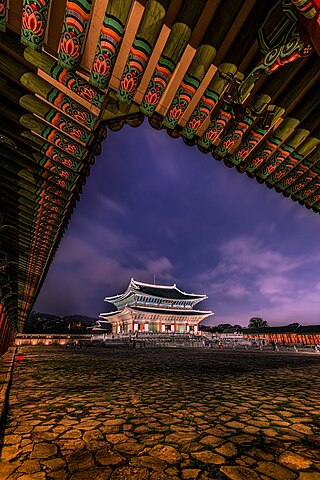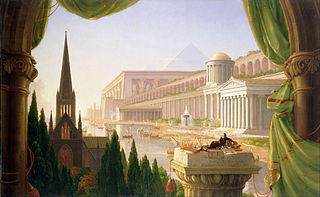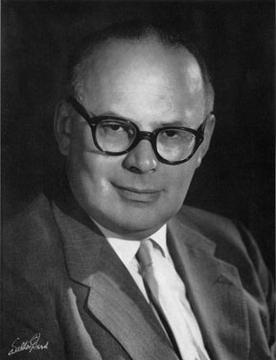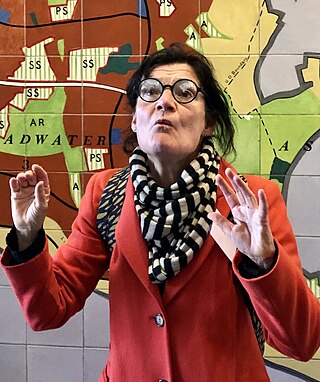Related Research Articles

Manchester Museum is a museum displaying works of archaeology, anthropology and natural history and is owned by the University of Manchester, in England. Sited on Oxford Road (A34) at the heart of the university's group of neo-Gothic buildings, it provides access to about 4.5 million items from every continent. It is the UK's largest university museum and serves both as a major visitor attraction and as a resource for academic research and teaching. It has around 430,000 visitors each year.
Archaeology is the study of human activity in the past, primarily through the recovery and analysis of the material culture and environmental data that they have left behind, which includes artifacts, architecture, biofacts and cultural landscapes.

Sir Banister Flight Fletcher was an English architect and architectural historian, as was his father, also named Banister Fletcher. They wrote the standard textbook A History of Architecture, which is also often referred to just as Banister Fletcher.

Korean architecture refers to an architectural style that developed over centuries in Korea. Throughout the history of Korea, various kingdoms and royal dynasties have developed a unique style of architecture with influences from Buddhism and Korean Confucianism.

The Institute of Fine Arts (IFA) is a graduate school and research center of New York University dedicated to the study of the history of art, archaeology, and the conservation and technology of works of art. It offers Master of Arts and Doctor of Philosophy degrees in Art History and Archeology, the Advanced Certificate in Conservation of Works of Art, and the Certificate in Curatorial Studies.

The Georgian Group is a British charity, and the national authority on Georgian architecture built between 1700 and 1837 in England and Wales. As one of the National Amenity Societies, The Georgian Group is a statutory consultee on alterations to listed buildings, and by law must be notified of any work to a relevant listed building which involves any element of demolition.

The history of architecture traces the changes in architecture through various traditions, regions, overarching stylistic trends, and dates. The beginnings of all these traditions is thought to be humans satisfying the very basic need of shelter and protection. The term "architecture" generally refers to buildings, but in its essence is much broader, including fields we now consider specialized forms of practice, such as urbanism, civil engineering, naval, military, and landscape architecture.

Rudolf Wittkower was a British art historian specializing in Italian Renaissance and Baroque art and architecture, who spent much of his career in London, but was educated in Germany, and later moved to the United States. Despite having a British father who stayed in Germany after his studies, he was born and raised in Berlin.
Alan Powers is a British teacher, researcher and writer on twentieth-century architecture and design.
Gavin Mark Stamp was a British writer, television presenter and architectural historian.
Professor Adam Hardy is an architect and architectural historian, and Professor of Asian Architecture at the Welsh School of Architecture, Cardiff University. He is Director of PRASADA, a centre bringing together research and practice in South Asian art and architecture.
Jennifer Evelyn Taylor was an Australian architect, professor, critic and author who made a significant contribution to writing on contemporary Australian, Japanese and South Pacific architecture.

Romanesque Revival, Norman Revival or Neo-Norman styles of building in the United Kingdom were inspired by the Romanesque architecture of the 11th and 12th centuries AD.
Twentieth Century Impressions was a series of travel, political and social reference books published by Lloyds Greater Britain Publishing Company in London between 1901 and 1914. The full titles were typically styled as Twentieth Century Impressions of [country name] : Its history, people, commerce, industries and resources.

Elain Harwood Hon.FRIBA was a British architectural historian with Historic England and a specialist in post–Second World War English architecture.
Bruno Dagens is a French archaeologist, art historian, Sanskritist, and a specialist on Angkor Wat. He is currently a professor emeritus of the University of Sorbonne Nouvelle Paris 3.
Professor Xing Ruan 阮昕 is a Chinese-Australian academic, architect and author. He is currently Dean and Guangqi Chair Professor of Architecture at School of Design, Shanghai Jiao Tong University. His work focuses on Asia's architecture and urbanization against the background of Western discourse, and on architecture as a representation of humanity.